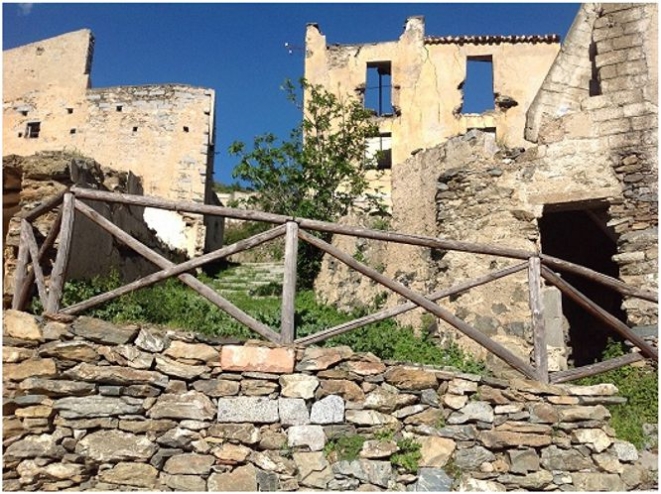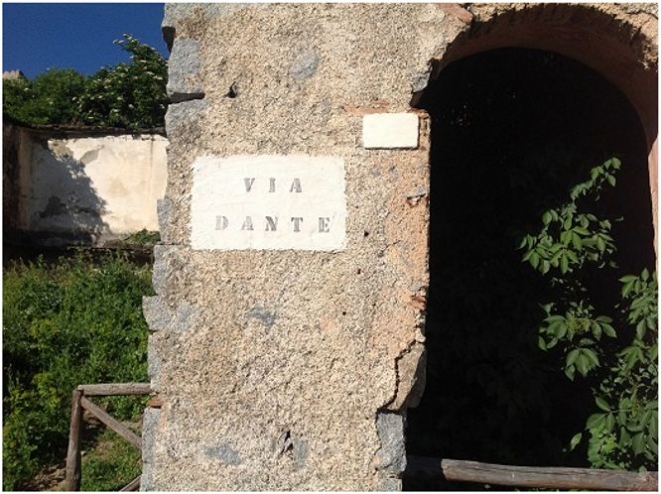Gairo vecchio, a fragment of lost Sardinia
The fascination of an abandoned village, where time seems to be frozen
Sardinia is rich of unspoiled places, magical and abandoned, but if you talk about ghost villages, it is impossible do not remind Gairo Vecchio. Amongst the abandoned villages of Sardinia the most famous is this one in the heart of Ogliastra. A name that says a lot about its fate: "ga" and "roa", or " flowing land".
A destiny marked by the fury of nature that has enshrined its final abandonment; an epilogue that has its origin long ago, precisely in its name, although not everyone agrees with its origin, as some researchers that suppose it comes from the transformation of the city name of Galilium, an ancient center of Galilenses (mountain tribe of Sardinia from the Gerrei area, defeated by the Romans).

However, to understand the causes of this abandonment is necessary to make a brief introduction from a historical and geological point of view. The territory of Gairo in fact paid a high tribute because of the fire, because the wood around was completely burned over the years. But the origin of its abandonment was not only the fire. If the trees could survive the ravages of the flames, nothing could against the fury of the axes, after the savage deforestation carried out in Sardinia during the nineteenth century that did not spare even those corners of pristine forest. Before seeking the violence of nature, through its immense forces, the cause of the abandonment of Gairo Vecchio, we should reflect on another aspect that has sanctioned its end, long before the human carelessness and his nefarious actions (OK); because without the protection of the trees the ground gives way, the risk of landslides increases and, in this way, the force of the water, is disastrous.
Burned its forests, this village lived over the years a series of terrible floods, each of which caused more extensive damage and arouses heavier doses of fear in the population. You can count four floods. The first in 1880, than in 1927 and in 1940. The fourth, final and most violent occurred in 1951 and was the decisive one because, after that flood, the life in Gairo Vecchio was been never again the same. After a while the village was finally abandoned, turning slowly in the ghost village that we see today.
The inhabitants decided to move elsewhere, almost totally in the new Gairo Sant'Elena, a few dozen meters far upstream, others went to populate the locality of Gairo Taquisara.

Tourists, travelers and hikers who stops in Gairo Vecchio consider it a place full of charm and mystery. Here the houses crumble slowly, the streets disfigure, undisturbed vegetation creeps everywhere. There is the classic ghost village atmosphere, with shreds of wall eroded by the wind and sun, crumbled doors, broken windows, ceilings crashed, roads submerged by brambles, grout eroded and faded facades colors. Everything is in ruins, but it is precisely this form of decadence that fascinates. It is not a visit to a monument built in the past, retaining its splendor. Here the time has deteriorated, violating everything. Nature has taken back its place, bringing a sense of peace and neglect that invites you to wander, to take the pedestrian streets made of solid steps: a strong granite, which still stands.
It is a world composed of debris that can resist and who can keep still; the old form of the country remains intact and is still scrutinizes well, with its urban structure essential. A hard village, made of schist and granite, looking melancholy to its flourishing past.